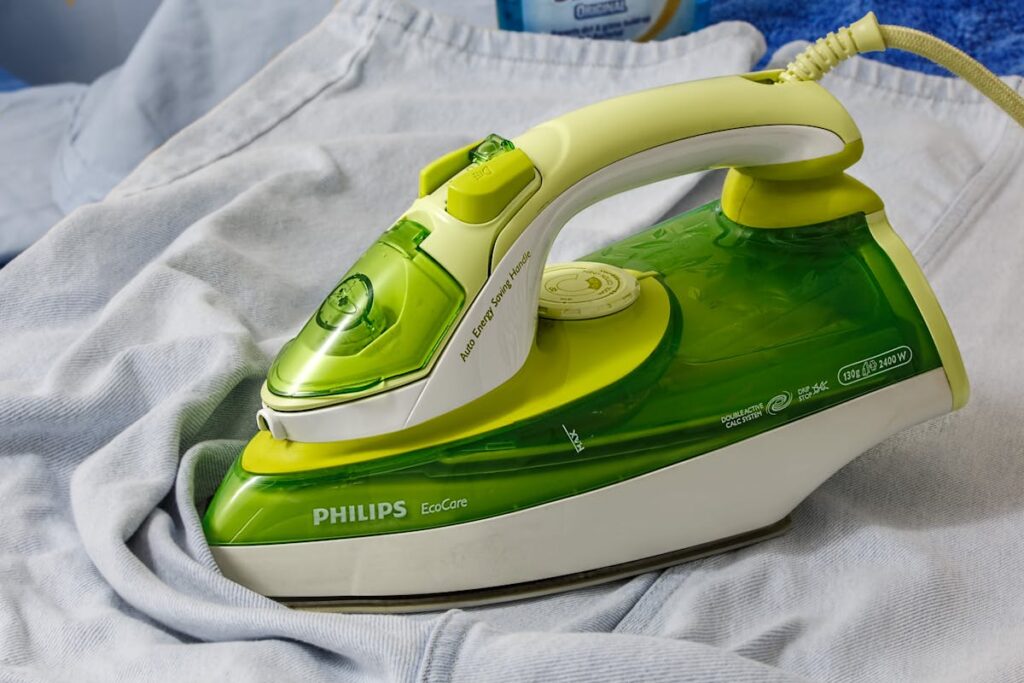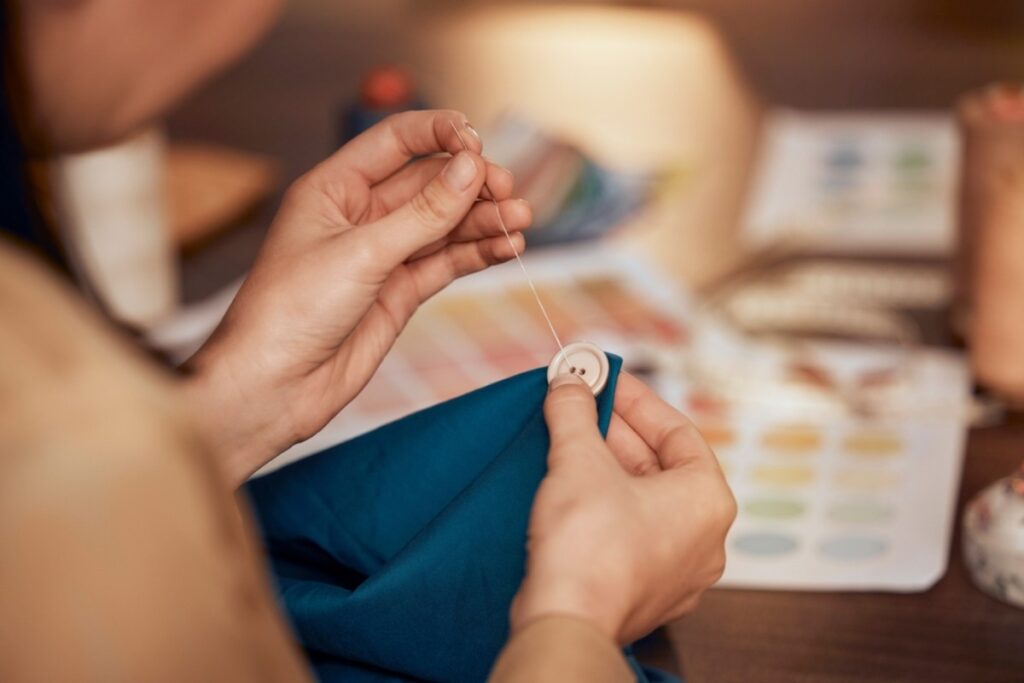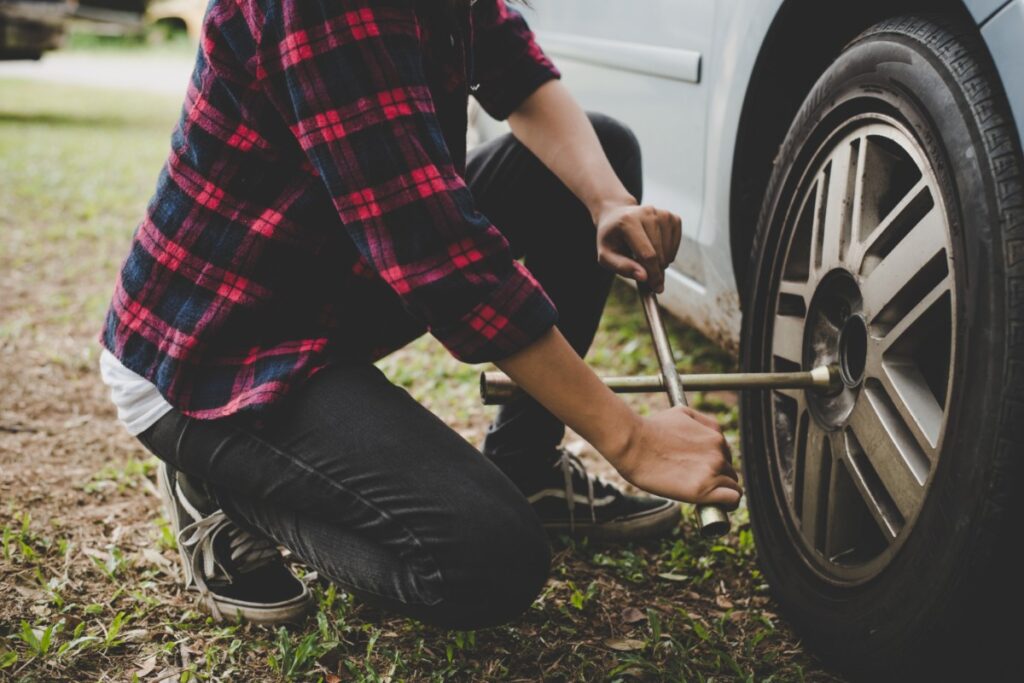6 Home Skills Every ’80s Kid Knew That Are Rare Today and Why They Still Matter
Growing up in the 1980s meant picking up all sorts of home skills just by being around family or helping out. These skills weren’t just chores; they were a part of everyday life and made you feel capable at a young age.
A lot of us took these abilities for granted, but now they’re not so common. Looking back, it’s easy to see how much has changed and why some of these skills are still worth having.
Hand-washing clothes by hand

Hand-washing clothes was something most kids knew how to do. It was especially important for delicate fabrics that couldn’t handle the roughness of a washing machine.
You’d fill a basin with cool or lukewarm water and add a gentle detergent. After soaking the clothes for a few minutes, you’d gently rub the fabric to clean it.
Rinsing was important to get rid of all the soap. Instead of wringing the clothes, you’d press the water out softly or roll them in a towel.
This was the best way to care for wool sweaters, silk, lace, and other special items. Hand-washing helped clothes last longer and saved money.
Using an iron and ironing board

Setting up the ironing board and getting the iron ready was a familiar routine. You’d check the water tank for steam and wait for the iron to heat up.
Reading the fabric tag was a must because different materials needed different heat settings. That way, you wouldn’t accidentally ruin your clothes.
Ironing had its own order: start with the collar, then cuffs, sleeves, and finally the front and back. This kept everything looking smooth and put together.
Avoiding shine marks on dark clothes took a bit of practice. But once you got the hang of it, your clothes always looked sharp.
Ironing wasn’t always fun, but it was a sign you were growing up. It was often part of getting ready for school or special events.

Back in the day, sewing on a button was just something you learned to do. You’d grab a needle and thread, find where the button needed to go, and sew it back on.
When a button popped off, fixing it yourself meant you didn’t have to wait or toss the shirt aside. It was a quick way to keep your favorite clothes in rotation.
Sewing on buttons taught patience and attention to detail. Getting the tension just right helped your clothes last longer.
Not many kids know how to do this now, but it’s still handy. It feels good to fix something yourself instead of buying new.
Cooking a basic meal from scratch

Making a simple meal from scratch was a normal part of growing up. Using fresh ingredients and basic cooking methods like chopping, boiling, or frying was just part of the routine.
Cooking for yourself meant you could control what went into your food. You learned to adjust flavors and portion sizes to fit your needs.
Starting with easy recipes like pasta or scrambled eggs was common. These dishes taught you how to measure ingredients and keep an eye on the stove.
Cooking from scratch made meals more meaningful. It was a chance to be creative and practice patience.
Changing a flat tire

Learning how to change a flat tire was a rite of passage for many ’80s kids. It might have seemed intimidating at first, but it became second nature with a little practice.
You’d make sure the car was on a flat surface and turn on the hazard lights. Then, you’d grab the spare tire, jack, and lug wrench.
Using the jack, you’d lift the car just enough to remove the flat. Loosen the lug nuts, take off the tire, and put the spare on.
Tightening the lug nuts and lowering the car finished the job. Double-checking the spare’s pressure was the last step before getting back on the road.
Knowing how to change a tire meant you could handle an unexpected flat without panicking. It’s a skill that still comes in handy today.

Remember the days when getting around meant unfolding a big paper map in your lap? For kids growing up in the ’80s, this was just part of any road trip or family outing.
You had to figure out all those lines, symbols, and numbers to work out where you were headed. The whole area was right in front of you, letting you see every possible route before you even started.
Learning to use the map key was a must. It helped you decode what all the signs meant, from winding rivers to major highways and little towns.
Finding north was another step, so you looked for the compass rose and lined everything up. Sometimes you needed to use a real compass, too.
Planning a trip meant thinking about distance and direction, not just plugging in an address. Landmarks and map grids were your best friends when you wanted to stay on track.
If you made a wrong turn, you would pull over and study the map to figure out where things went off course. Sometimes you even had to ask for help or give someone else directions.
Paying attention to your surroundings was part of the adventure. These little skills made every journey a bit more memorable, and honestly, they still come in handy today.







